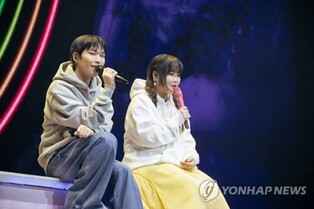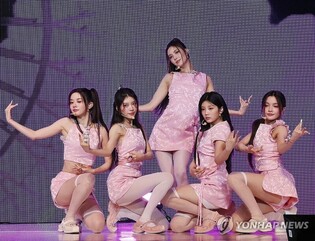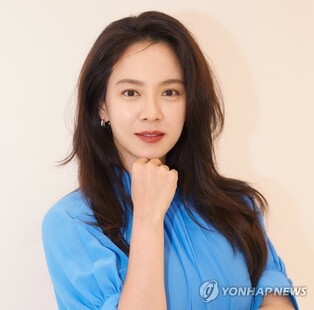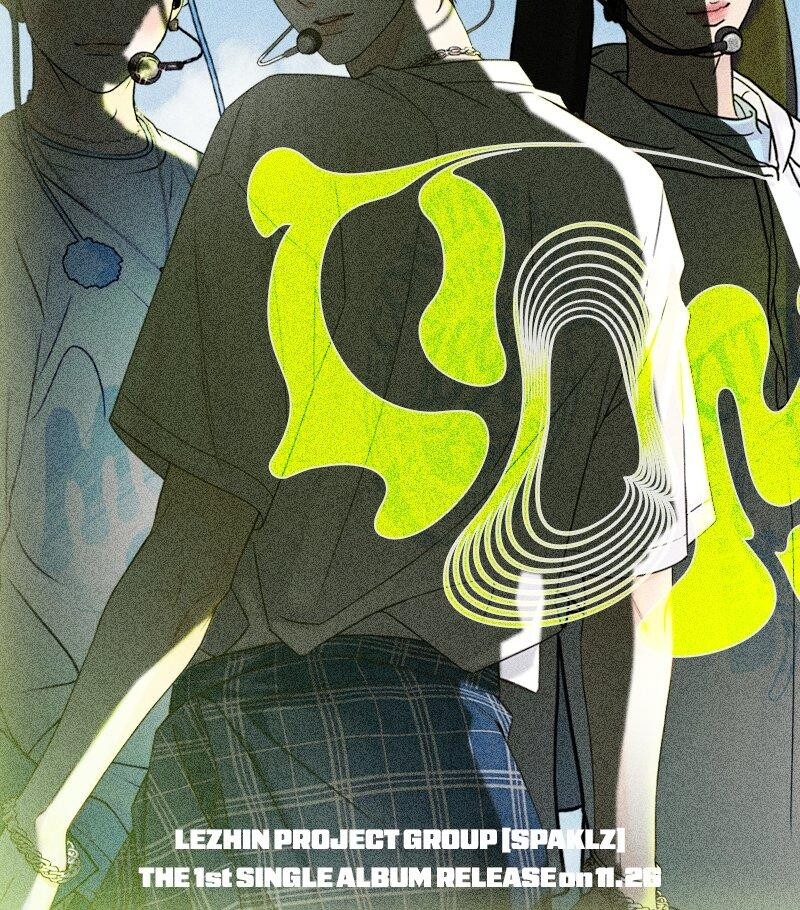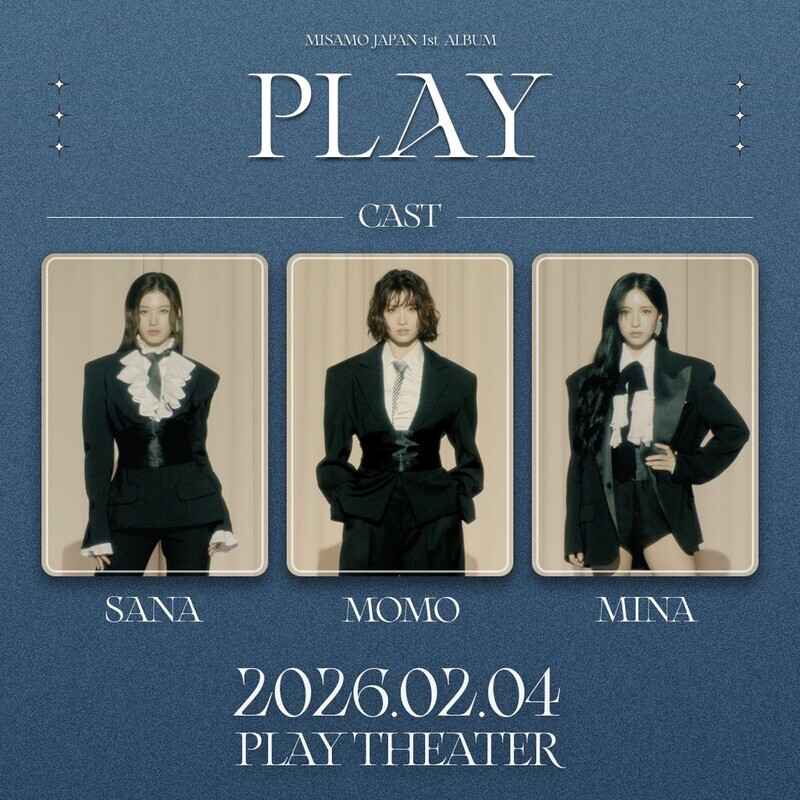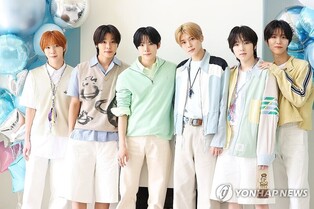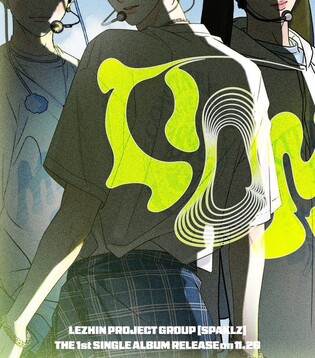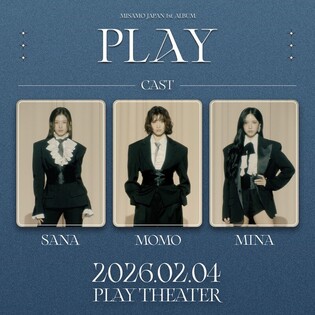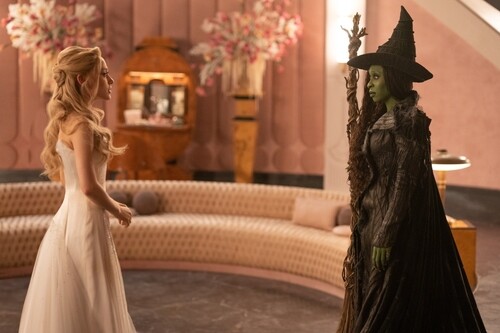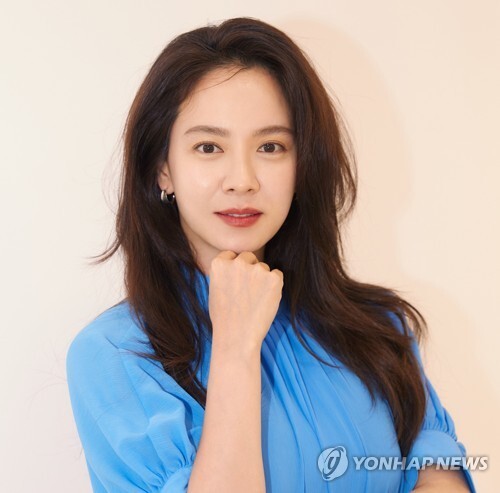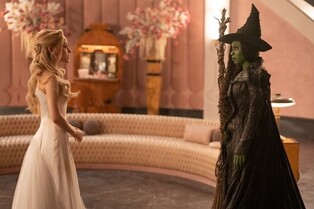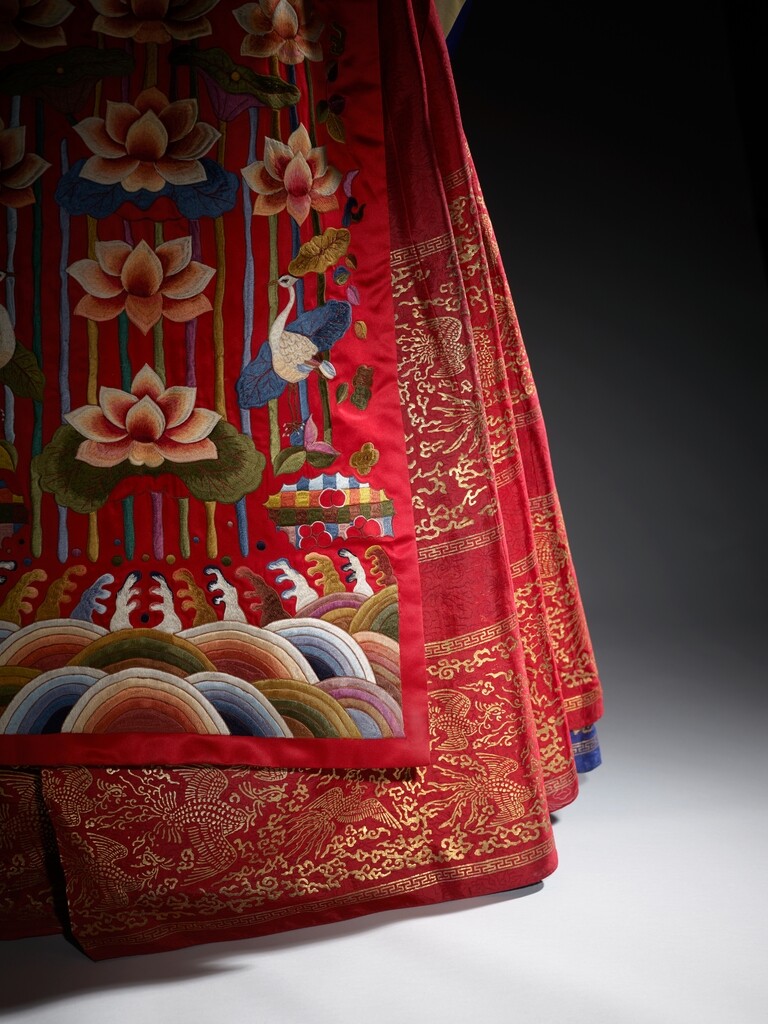 |
| ▲ A part of "hwalot,"a red wedding gown from Joseon Dynasty, allowed only for the bride of honor. The photo was provided by the National Museum of Korea in Seoul on Sept. 13, 2023. (PHOTO NOT FOR SALE) (Yonhap) |
Museum reveals ‘hwalot,’ preserved in contribution of RM, others
SEOUL, Sept. 13 (Yonhap) -- The deep crimson hue, obtained by dyeing with red safflowers multiple times in August, is exceptionally vivid. True red, compared to other colors, is challenging to achieve.
During the Joseon Dynasty, such precious red silk was embroidered with various patterns such as phoenixes, mandarin ducks, and flowers, extravagantly decorated with gold leaf.
This “hwalot” was a red wedding gown allowed only for the bride of honor.
The National Palace Museum of Korea on Wednesday announced that it will host a special exhibition titled “Hwalot Mangae: Joseon Royal Women's Wedding Attire,” showcasing a total of about 110 artifacts related to Joseon Dynasty wedding attire and related items, starting Friday.
Hwalot is a long outer garment that continues the tradition of our unique clothing. In the Joseon Dynasty, it was recorded as “hongjangsam,” meaning a long red garment. Later, it became the bridal attire worn by brides even outside the royal family during wedding ceremonies.
A museum representative explained, "During the Joseon Dynasty, a period that rejected extravagance, hwalot was the only kind of clothing that was allowed to use rich embroidery, vivid red dyeing, and beautiful gold leaf techniques." The exhibition tells the story of Joseon Dynasty royal weddings and hwalot attire.
Although a princess's wedding was part of the country's auspicious rituals known as "garye," it differed from the weddings of kings or crown princes in terms of procedures and attire, with certain steps reduced and different clothing and items used.
Documents related to royal weddings, known as “gukhonjeongnye,” as well as records of the wedding process and wedding items of Princess Deokon (1822-1844), the third daughter of King Sunjo (reign 1800-1834), will be revealed.
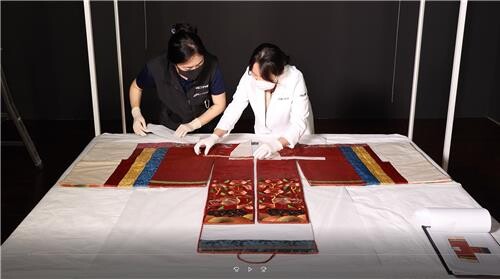 |
| ▲ Officials of the National Museum of Korea prepares the display of "hwalot,"a red wedding gown from Joseon Dynasty, allowed only for the bride of honor. The photo was provided by the National Museum of Korea in Seoul on Sept. 13, 2023. (PHOTO NOT FOR SALE) (Yonhap) |
The highlight of the exhibition is nine hwalot garments that stand out with their vibrant red color and ornate decorations. These include the hwalot worn by Princess Bokon (1818-1832), the second daughter of King Sunjo.
Moreover, the museum will display hwalot items from institutions such as the Los Angeles County Museum of Art (LACMA), which have been preserved with the assistance of RM (Kim Nam-joon, the leader of the group BTS.
RM has previously donated 100 million won (US$75,400) each to the Overseas Cultural Heritage Foundation in 2021 and 2022 for the preservation, restoration, and utilization of our cultural heritage abroad.
These hwalot garments feature various patterns symbolizing harmony and happiness in marriage, such as lotus flowers, peonies, mandarin ducks, cranes, and butterflies. They will be revealed in Korea for the first time before being returned to the United States.
This exhibition also sheds light on the people who created hwalot and their efforts. It examines how officials in charge of making the king's attire and managing the palace's assets, known as "sanguiwon," and artisans working there, produced hwalot.
A significant document is the “Deokon Princess Hongjangsam Embroidery Sample Book,” which allows a side-by-side comparison of the design and completed hwalot on the fabric.
In the exhibition hall, video footage showing the process of wearing hwalot as the final outer garment after putting on a skirt and jacket and media art utilizing hwalot embroidery will be displayed to help visitors better understand the culture of traditional clothing and Joseon royal women's wedding customs.
The museum expressed its hope that the exhibition would provide a deeper understanding of traditional attire and Joseon royal women's wedding culture, which has been difficult to access in everyday life.
The exhibition will run until Dec. 13.
jwc@yna.co.kr
 |
| ▲ The photo shows "hwalot,"a red wedding gown from Joseon Dynasty, allowed only for the bride of honor. The photo was provided by the Los Angeles County Museum of Art (LACMA). (PHOTO NOT FOR SALE) (Yonhap) |
| ▲ The photo shows "hwalot,"a red wedding gown from Joseon Dynasty, allowed only for the bride of honor. The photo was provided by the Los Angeles County Museum of Art (LACMA). (PHOTO NOT FOR SALE) (Yonhap) |
 |
| ▲ The photo shows "hwalot,"a red wedding gown from Joseon Dynasty, allowed only for the bride of honor. The photo was provided by the Los Angeles County Museum of Art (LACMA). (PHOTO NOT FOR SALE) (Yonhap) |
(C) Yonhap News Agency. All Rights Reserved


















